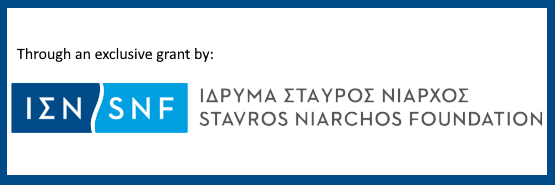Tuesday 19 February 2019 16:00 – 17:00 Seminar Room 1
Dr. Nasos Argyriou Institute of Mediterranean Studies (IMS)
Abstract
The determination of geomorphology plays an important role in archaeological landscape research. Several landform types can be distinguished by characteristic geomorphic attributes that portray the surrounding landscape of a settlement and evaluate its geographical importance in terms of its ability to sustain a population. Various geoinformatic approaches are acknowledged, by using the freely available ASTER G-DEM, to provide valuable knowledge regarding the interfered processes shaping landscapes. The locations of archaeological settlements and the characterization of the dominant surrounding landscape geomorphometrics can reveal insights into the development of settlements and provide a better understanding of human behavior, with regard the landscape characteristics over time, such as the water management. In order to assess the best routes for water resources reaching the major settlements a multi-disciplinary approach within a Geographical Information Systems (GIS) environment is acknowledged by using integrated Multi-Criteria Decision Analysis (MCDA) and Least-Cost Path Analysis (LCPA). Such an approach proves to be a valuable tool for archaeologists to determine and evaluate the sustainability of the settlements and the water management planning in ancient periods.

